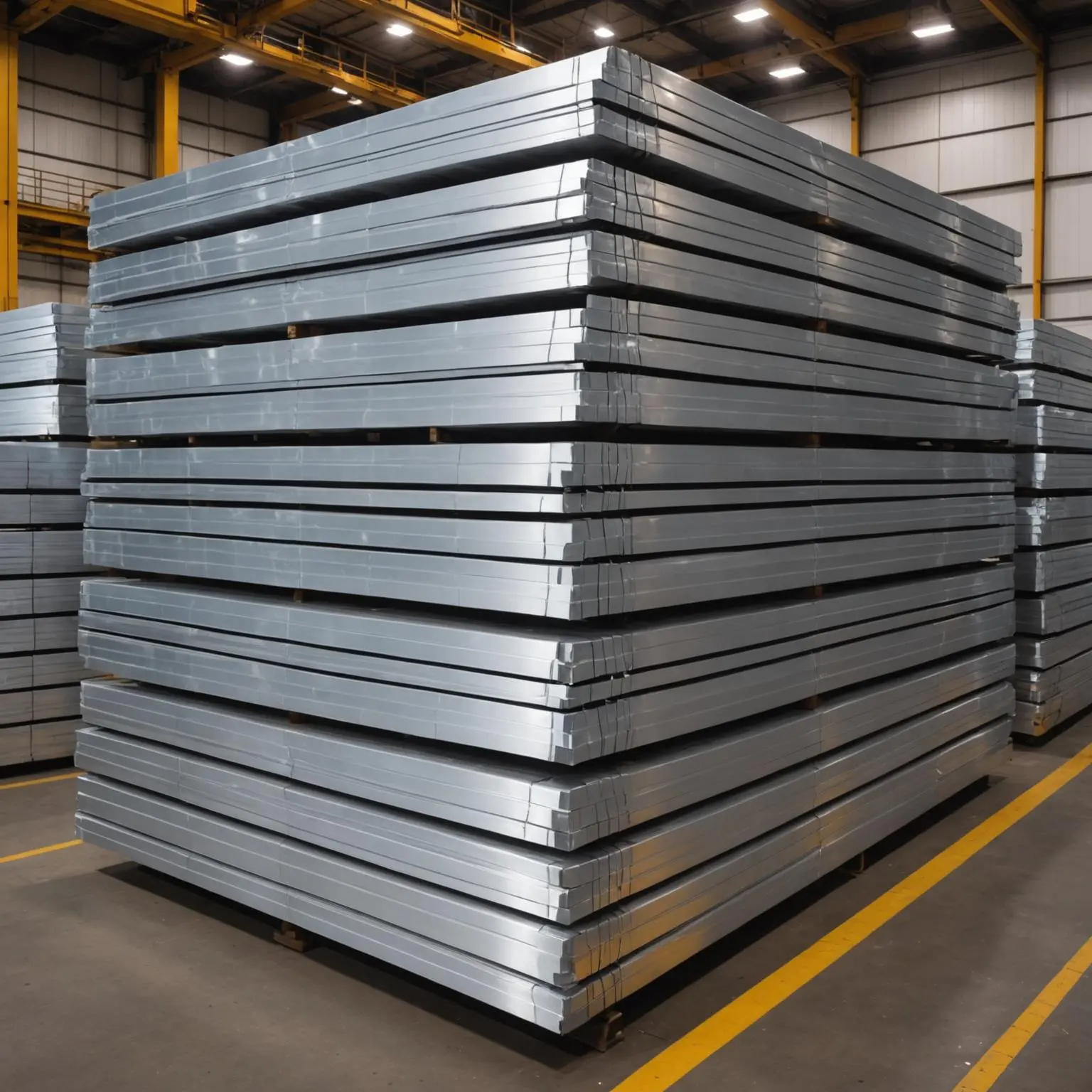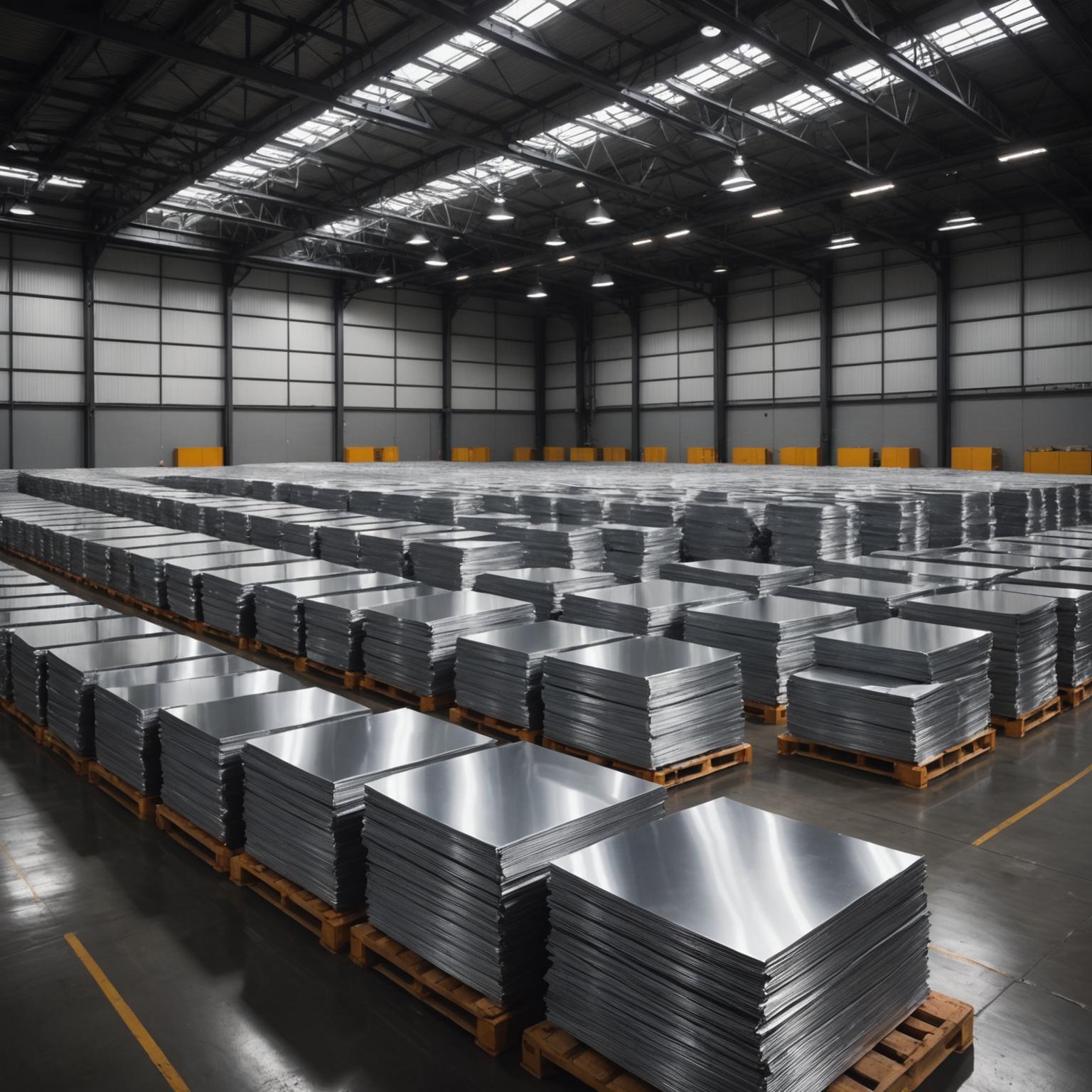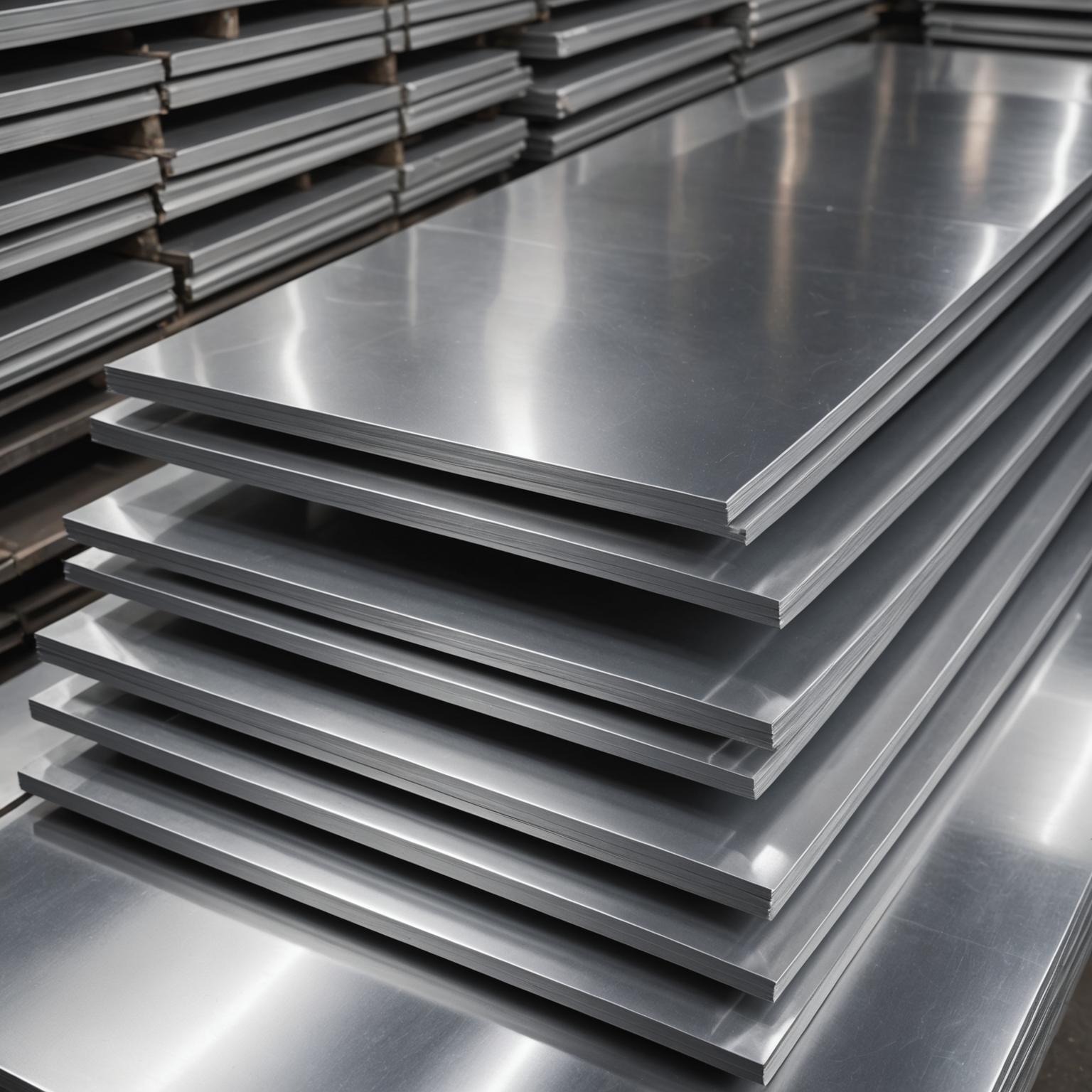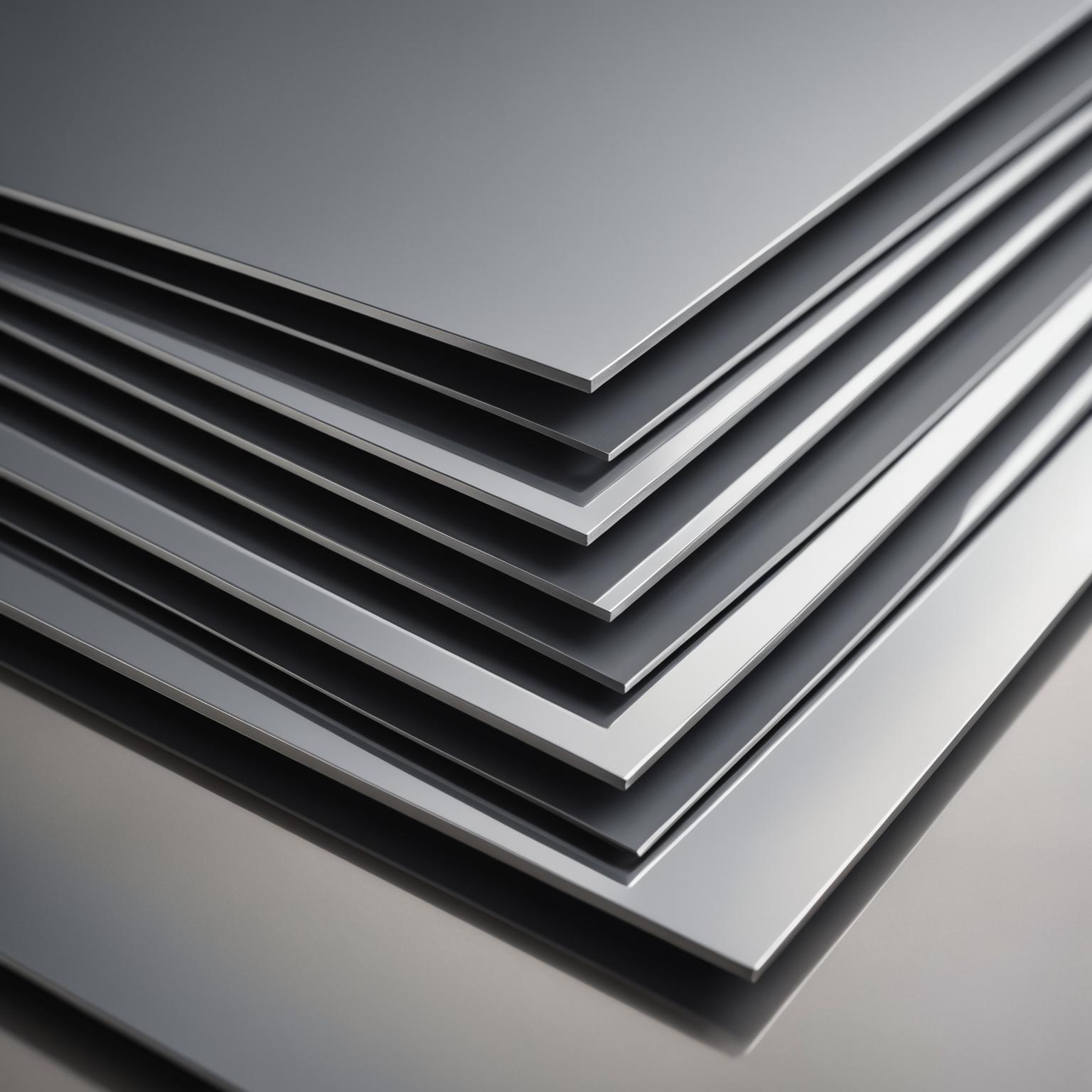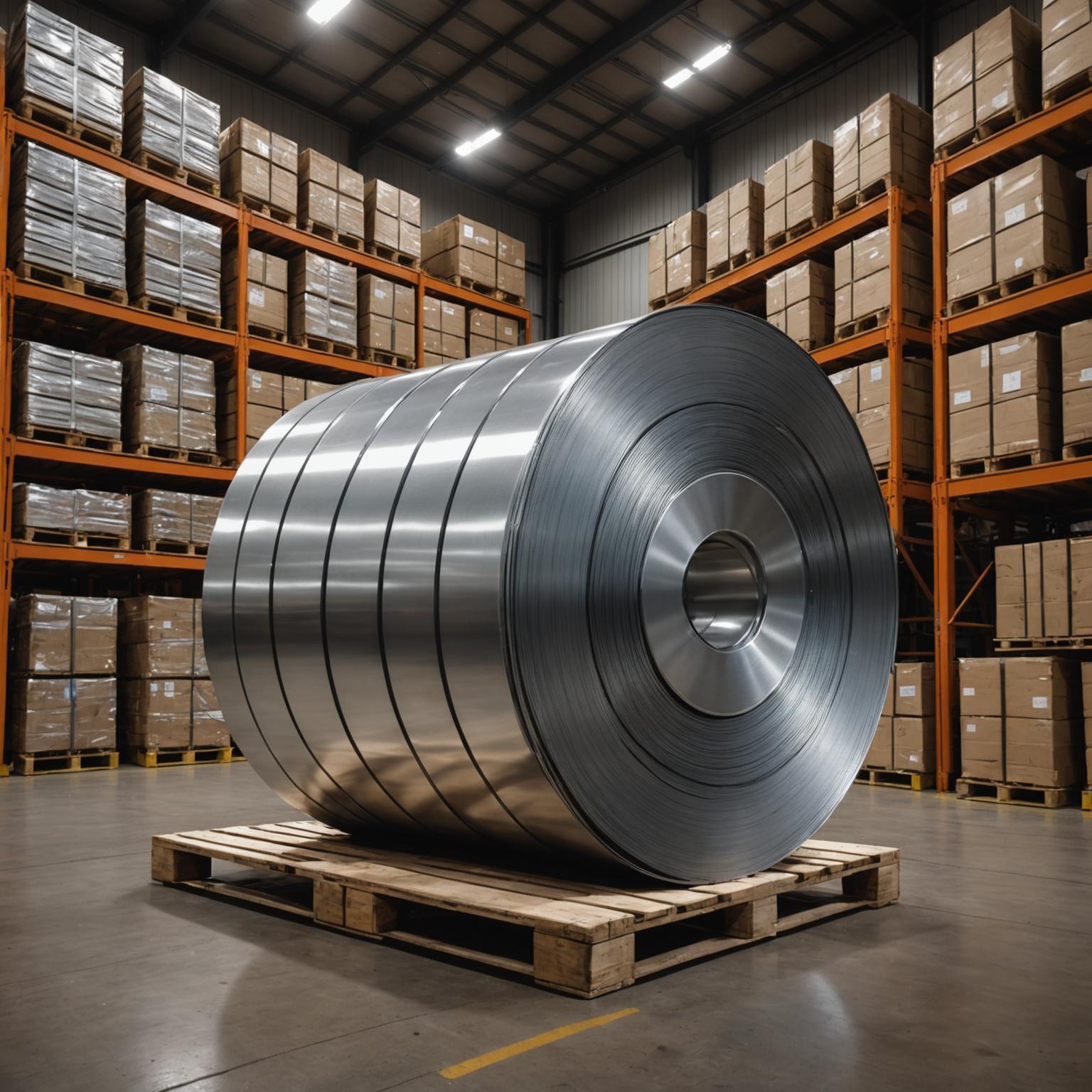In the world of manufacturing, construction, and design, stainless steel is a cornerstone material prized for its strength, corrosion resistance, and aesthetic appeal. However, when sourcing this versatile metal, professionals are often presented with two primary forms: stainless steel coil and steel sheet. While they originate from the same production process, they serve distinct purposes and offer different advantages. Understanding their characteristics is crucial for optimizing production lines, managing costs, and achieving the desired end result. So, the primary question for any fabricator or project manager is, What is the difference?, and how do you choose the right one for your specific application?
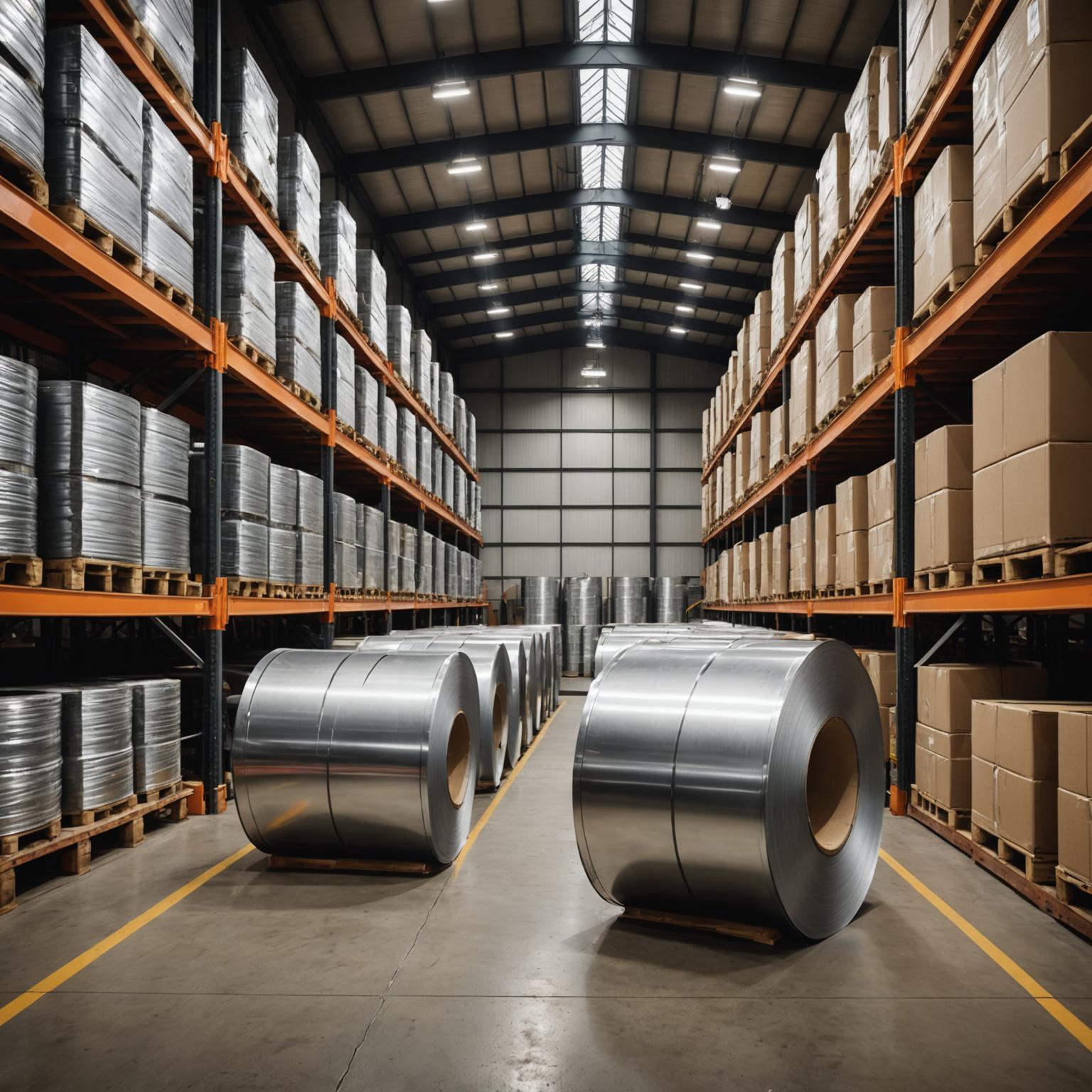
A stainless steel coil is essentially a long, continuous strip of steel that has been rolled and wound into a compact, cylindrical form for efficient handling, storage, and transportation. The creation of a coil is a meticulous process, often involving advanced cold-rolling techniques that reduce the material's thickness while enhancing its surface quality, strength, and dimensional accuracy. This process results in a product with exceptional uniformity, superior formability, and excellent weldability. The primary advantage of a coil lies in its continuous nature. For automated, high-volume manufacturing lines, coils can be fed directly into machinery that stamps, cuts, or forms parts with minimal interruption. This seamless workflow reduces material waste between cuts and significantly boosts production efficiency, making coils the ideal choice for industries like automotive manufacturing for body panels and structural components, or for producing long, consistent products like ductwork and tubing.
A stainless steel sheet, on the other hand, is a discrete, flat piece of steel that has been cut to a specific length and width. Sheets are typically processed from a larger coil through a procedure known as slitting (cutting for width) and cut-to-length processing. The result is a pre-sized panel that is ready for immediate fabrication. These sheets boast unparalleled rigidity and exceptional flatness, making them the perfect starting point for projects that require precision and a high-quality finish. Available with various finishes, from a pristine matte to a lustrous polish, sheets cater to both heavy-duty construction and luxury applications. Because they are already cut to manageable sizes, sheets are easier to handle in smaller workshops or for custom, one-off projects that do not have the large-scale decoiling equipment required to process coils. Their application is vast, ranging from architectural panels and facades to commercial kitchen countertops, aerospace components, and intricate parts for electronic enclosures.
To truly understand what is the difference between these two forms, it is helpful to compare them across several key factors. The most obvious distinction is the form factor: a coil is a continuous roll, while a sheet is a pre-cut, flat panel. This fundamental difference influences everything from logistics to processing. Coils require specialized equipment to unroll and flatten the material before it can be used, representing a significant capital investment. Sheets, conversely, are ready to use with standard fabrication tools like laser cutters and press brakes. In terms of efficiency, coils are the clear winner for mass production, as the automated feeding process minimizes scrap and labor. Sheets are more suitable for lower-volume runs, prototyping, or projects where each piece has unique dimensions. The cost structure also varies; while the per-kilogram price of a coil may be lower, the required processing equipment can offset these savings for smaller operations. Sheets might have a slightly higher material cost but eliminate the need for in-house decoiling and cutting machinery.
Selecting the correct form of stainless steel is a critical decision that impacts project efficiency, cost, and quality. To make the right choice, consider the following questions. First, evaluate your production volume. Are you manufacturing thousands of identical parts on a continuous basis? If so, a stainless steel coil will provide the speed and cost-effectiveness you need. Are you working on a custom fabrication, a prototype, or a small batch of products? In that case, the convenience and low equipment barrier of stainless steel sheets make them the superior option. Next, assess your equipment capabilities. If your facility is already equipped with decoilers, straighteners, and feeders, leveraging coils is a logical step. If not, the initial investment may not be justifiable, pointing toward sheets as the more practical solution. Finally, consider the specifications of your end product. Components that are very long or require forming along their length are naturally suited for production from a coil. Projects demanding flat, precisely dimensioned panels, such as in architecture or custom machinery, are better served by sheets.
Ultimately, both the stainless steel coil and steel sheet begin as the same high-quality material, engineered for durability and performance. The distinction lies not in their inherent quality but in their form and intended application. The coil is the workhorse of high-volume, automated production, offering unparalleled efficiency and material utilization. The sheet is the champion of precision and flexibility, providing a ready-to-use solution for custom, low-volume, and specialized projects. By carefully analyzing your project requirements, production capacity, and budget, you can confidently select the form that will best transform raw resilience into a refined, finished product, ensuring your project is a success from the ground up.

Defining the Stainless Steel Coil: The Continuous Form
A stainless steel coil is essentially a long, continuous strip of steel that has been rolled and wound into a compact, cylindrical form for efficient handling, storage, and transportation. The creation of a coil is a meticulous process, often involving advanced cold-rolling techniques that reduce the material's thickness while enhancing its surface quality, strength, and dimensional accuracy. This process results in a product with exceptional uniformity, superior formability, and excellent weldability. The primary advantage of a coil lies in its continuous nature. For automated, high-volume manufacturing lines, coils can be fed directly into machinery that stamps, cuts, or forms parts with minimal interruption. This seamless workflow reduces material waste between cuts and significantly boosts production efficiency, making coils the ideal choice for industries like automotive manufacturing for body panels and structural components, or for producing long, consistent products like ductwork and tubing.
Understanding the Stainless Steel Sheet: The Discrete Form
A stainless steel sheet, on the other hand, is a discrete, flat piece of steel that has been cut to a specific length and width. Sheets are typically processed from a larger coil through a procedure known as slitting (cutting for width) and cut-to-length processing. The result is a pre-sized panel that is ready for immediate fabrication. These sheets boast unparalleled rigidity and exceptional flatness, making them the perfect starting point for projects that require precision and a high-quality finish. Available with various finishes, from a pristine matte to a lustrous polish, sheets cater to both heavy-duty construction and luxury applications. Because they are already cut to manageable sizes, sheets are easier to handle in smaller workshops or for custom, one-off projects that do not have the large-scale decoiling equipment required to process coils. Their application is vast, ranging from architectural panels and facades to commercial kitchen countertops, aerospace components, and intricate parts for electronic enclosures.
The Key Distinctions: A Head-to-Head Comparison
To truly understand what is the difference between these two forms, it is helpful to compare them across several key factors. The most obvious distinction is the form factor: a coil is a continuous roll, while a sheet is a pre-cut, flat panel. This fundamental difference influences everything from logistics to processing. Coils require specialized equipment to unroll and flatten the material before it can be used, representing a significant capital investment. Sheets, conversely, are ready to use with standard fabrication tools like laser cutters and press brakes. In terms of efficiency, coils are the clear winner for mass production, as the automated feeding process minimizes scrap and labor. Sheets are more suitable for lower-volume runs, prototyping, or projects where each piece has unique dimensions. The cost structure also varies; while the per-kilogram price of a coil may be lower, the required processing equipment can offset these savings for smaller operations. Sheets might have a slightly higher material cost but eliminate the need for in-house decoiling and cutting machinery.
How to Choose Between a Coil and a Sheet
Selecting the correct form of stainless steel is a critical decision that impacts project efficiency, cost, and quality. To make the right choice, consider the following questions. First, evaluate your production volume. Are you manufacturing thousands of identical parts on a continuous basis? If so, a stainless steel coil will provide the speed and cost-effectiveness you need. Are you working on a custom fabrication, a prototype, or a small batch of products? In that case, the convenience and low equipment barrier of stainless steel sheets make them the superior option. Next, assess your equipment capabilities. If your facility is already equipped with decoilers, straighteners, and feeders, leveraging coils is a logical step. If not, the initial investment may not be justifiable, pointing toward sheets as the more practical solution. Finally, consider the specifications of your end product. Components that are very long or require forming along their length are naturally suited for production from a coil. Projects demanding flat, precisely dimensioned panels, such as in architecture or custom machinery, are better served by sheets.
Conclusion: Two Forms, One Foundation of Quality
Ultimately, both the stainless steel coil and steel sheet begin as the same high-quality material, engineered for durability and performance. The distinction lies not in their inherent quality but in their form and intended application. The coil is the workhorse of high-volume, automated production, offering unparalleled efficiency and material utilization. The sheet is the champion of precision and flexibility, providing a ready-to-use solution for custom, low-volume, and specialized projects. By carefully analyzing your project requirements, production capacity, and budget, you can confidently select the form that will best transform raw resilience into a refined, finished product, ensuring your project is a success from the ground up.




